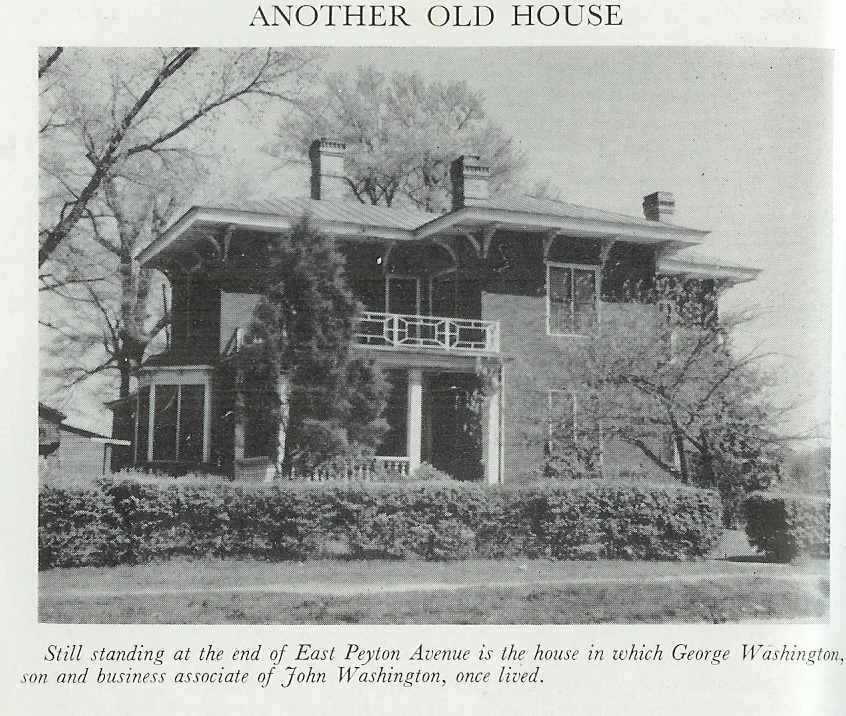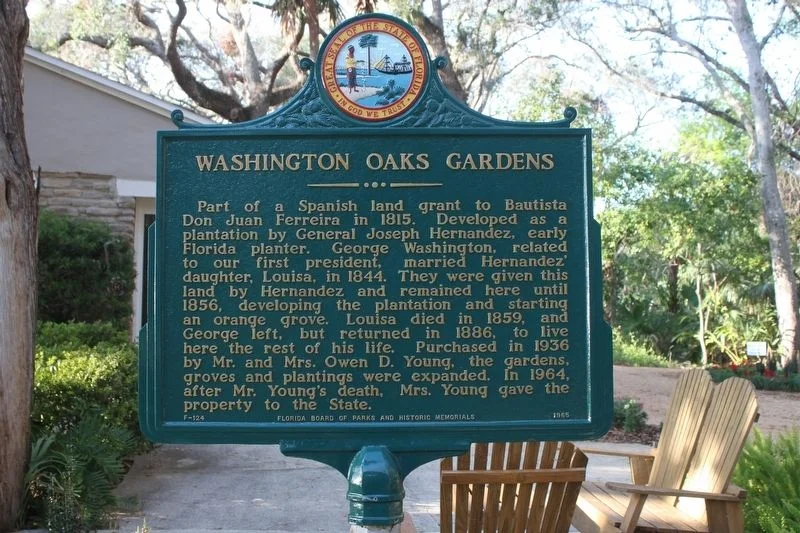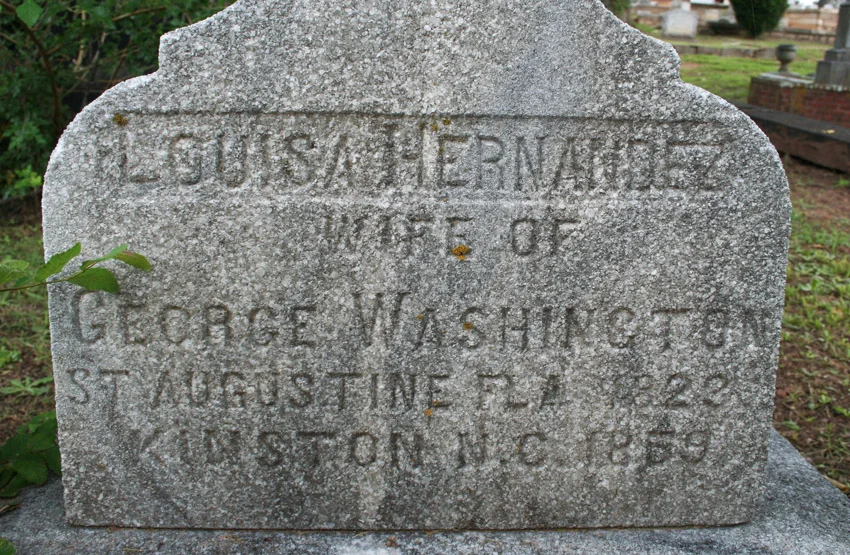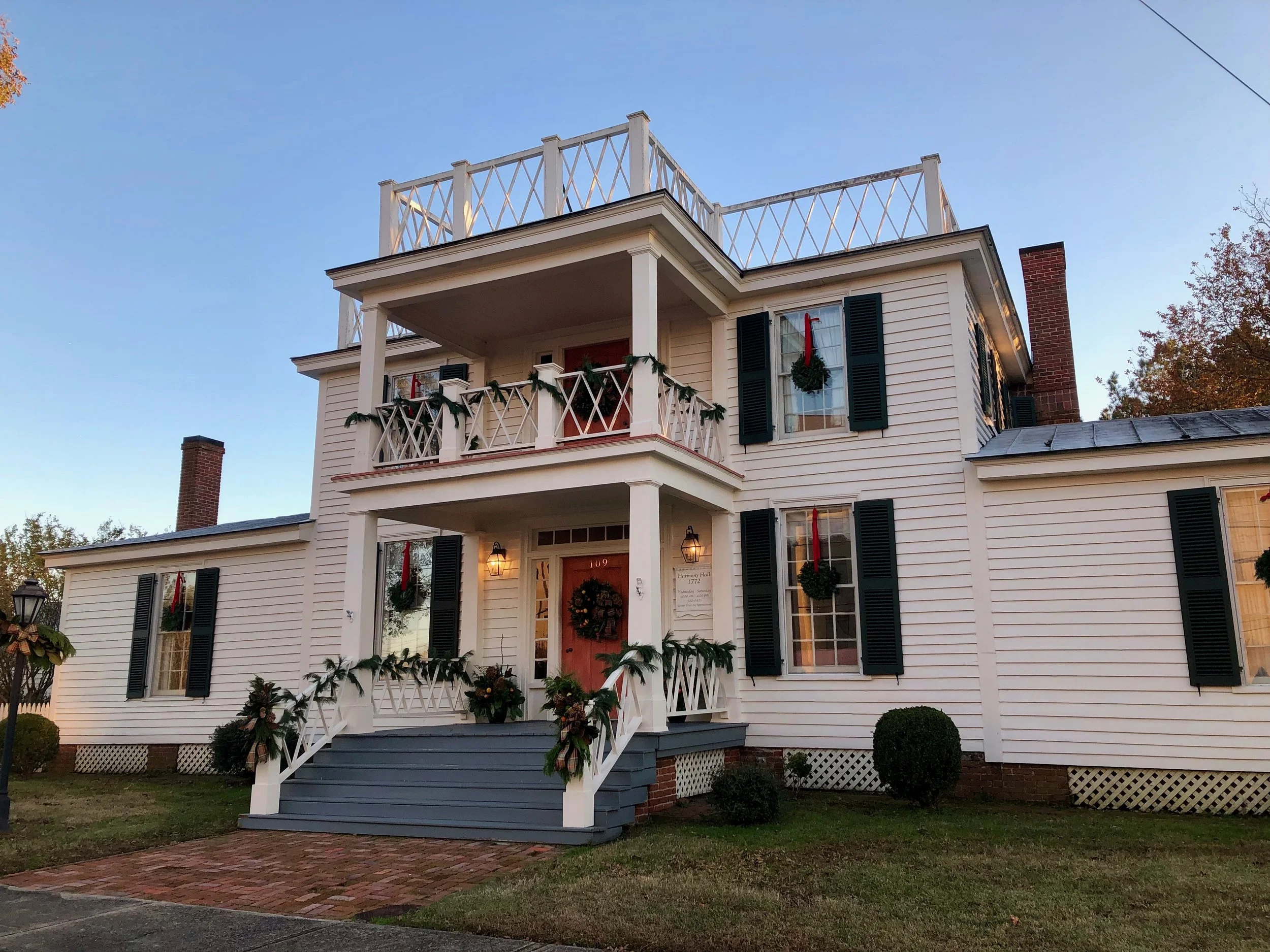Jane Phillips: The Washington family dynasty of Kinston - Part 4
George Washington was the youngest son of John and Elizabeth Herritage Cobb Washington and was born in Kinston on July 3, 1818. It was here he fell under the upstanding influence of his older brothers, John Cobb and James Augustus, who were growing into men of character and good will.
When he was 10, he moved with the family to New Bern. When the time was right, like his brothers before him, he left home to attend Yale College in New Haven, Conn. where George received his law degree.
Romance was in the air in New Haven in 1839. George met and wed Anna Catherine Denison, the daughter of Dr. Henry and Hannah Denison of South Carolina. After only four years of marriage, though, Anna Catherine died, leaving George with two children, George Lawrence, Jr, born in Connecticut and Katherine (called Cate), born in New York.
A short time later, George went to the Florida Territory to survey for live oak timber resources — a valuable commodity in the days of wooden sailing ships — to explore the area for timber to be used by the U.S. Navy. Perhaps the influence of his brother-in-law, Sen. William A. Graham, aided in getting him the job, In Florida, still under Spanish influences, he found a new life when he met the beautiful daughter of Brig. Gen. Joseph Hernandez.
Hernandez was a planter, lawyer and politician who had sworn allegiance to the United States after Florida became a U.S. territory in 1821. After Florida was made a state, he became the first Hispanic to serve in the U.S. Congress.
George and Louisa married in 1845 about a year after his first wife’s death; for a decade, they made their home in the St. Augustine area. Most of the time they lived at the plantation called Bella Vista; it laid between the Atlantic Ocean and the Matanzas River. They had eight children. George set up a law practice in St. Augustine, where his father-in-law was also an attorney.
They moved to Kinston in the mid-1850s where George engaged in the practice of law and got involved with his brother John Cobb in business. George built a house in Kinston at the end of Peyton Ave. This street was named after one of John Cobb Washington’s wife Julia Peyton.
Louisa died during childbirth in 1859. Her obituary speaks of her sprightly personality and how well loved she was by her family, friends and neighbors. It is believed she is buried in Kinston at Vernon Hill, although there is a monument to her in an Atlanta cemetery. In later years, she had two daughters and a sister living in Atlanta.
After her death, George got heavily involved in work. With an enterprising spirit, he traveled to Indiana to learn about refrigerated rail cars and engaged in the manufacture of them. At that time, the railroad had only been operating in Eastern North Carolina a few years. His brother John Cobb was a major stockholder in the railroad.
George had a vision and he saw an opportunity. However, the onset of the Civil War brought an end to his venture and his dream of expanding a railroad business, not only in North Carolina but the nation.
When back in North Carolina George went to Chatham County where the Graham Family (his brother-in-law was Gov. Graham) had iron works and a coal mine. He engaged in the running of iron works and coal mines.
Meanwhile, back in Kinston, George and his brother John Cobb were partners in the Washington Bakery, along with the Washington Shoe Factory and Tannery. They had contracts with the Confederate Army to furnish shoes and hardtack (a type of cracker) for the military.
Louisa’s sister Dora marred Gen. William Stephen Walker. On April 29, 1864, General Walker was ordered to Kinston. George Lawrence Washington Jr, (son of George and Louisa) was Gen. Walker’s aide de camp. This gave way to a nice reunion for the Washington family during wartime. Dora and William Walker eventually settled in Atlanta after the war.
In late 1865, after the Civil War had ended, George married Eleanor Stephens, daughter or granddaughter of John H. Stephens, of Newark, N.J. John H. Stephens was a Newark grocer and merchant shipper, whose trade with Europe and the West Indies during the Napoleonic Wars involved privateering by both French and American vessels. In later life, he served as president of the Newark Whaling Company, which owned the Ship John Wells.
George moved to New Jersey where Eleanor lived and remained there for many years. They had a son, Henry Stephens Washington, who became a man of science with a reputation as a brilliant scientist. Henry was among the leading authorities in the field of geology in America. He, like his father, had attended Yale, but he received three degrees.
During the early 1880s, George and Eleanor were residing in New Haven, Conn., where his two youngest sons were attending Yale. It was in early 1884 Eleanor fell ill and died. George remained in New Haven until his sons graduated in 1886.
Just as after the deaths of his other wives, George made a change in his life. He was appointed vice consul to Cuba, but he and the consul only served a year. He returned to Florida and bought part of Bella Vista plantation from his sister-in-law. His neighbors began to call it “The Washington Place.”
His children and their families visited, and some lived there from time to time. A citrus grove had been established, and two artesian wells were dug. Hollow cypress logs connected to the wellheads distributed water to the trees. The citrus crop was transported to market in St. Augustine by sailboat.
The property remained in the family until 1923 when it was sold. Today, it is a Florida State Park called Washington Oaks Gardens and is listed on the National Register of Historic Places.
George loved traveling and continued to do so. He was in Savannah visiting one of his sons when he was taken quite ill with pneumonia and died there Jan. 17, 1894, in his 76th year.
What a life he had lived! It was a time when traveling was done by horseback, stagecoach, steamboat and later a train. He made good use of these means of transportation that took him around the country on his many venturous business trips and family visits.
He married well three times. He had managed with his percipient nature and moxie to survive through the Civil War and Reconstruction and remain a man of some wealth. He was born into substance and lived comfortably all his life. But he was one of the Washington Dynasty of Kinston and it was his destiny to succeed.









